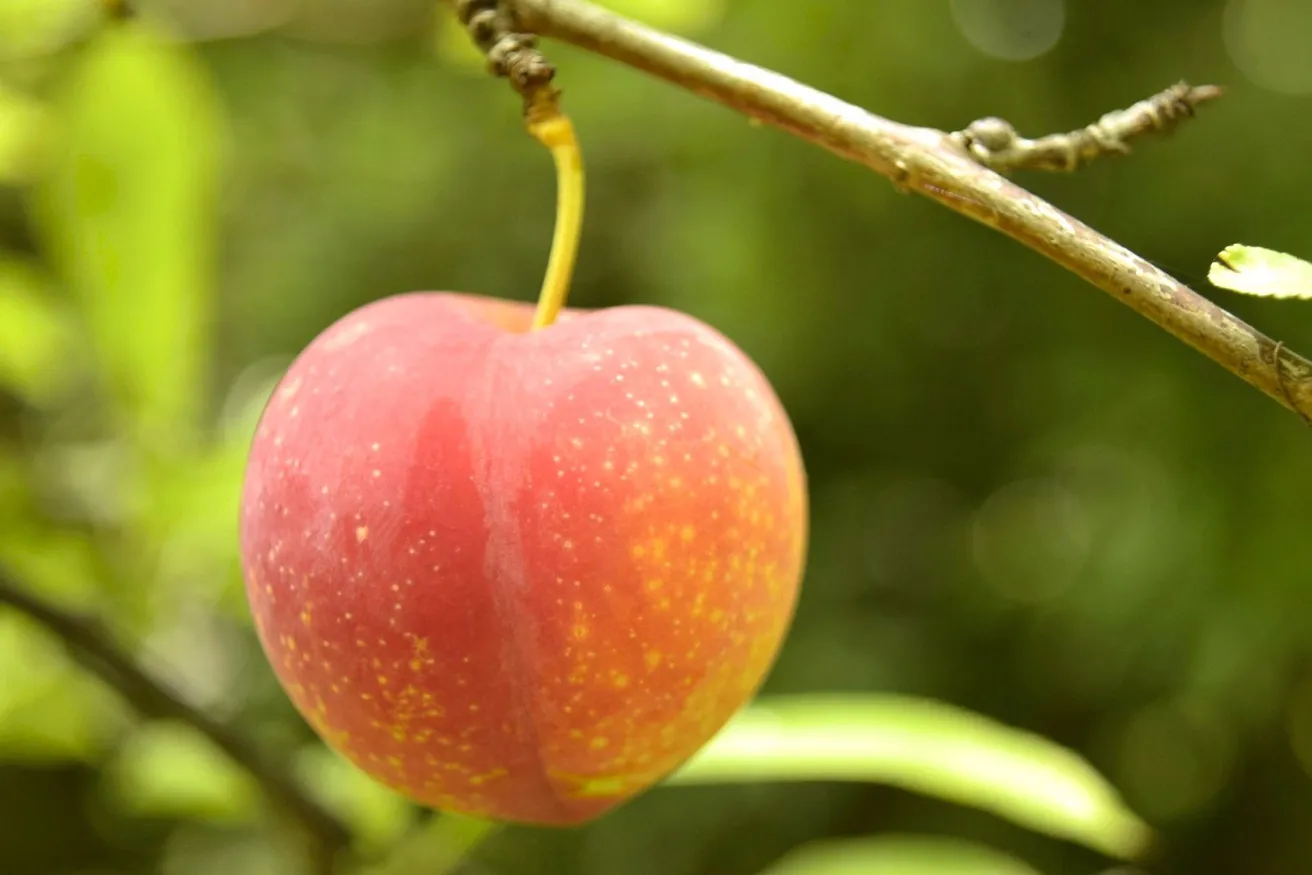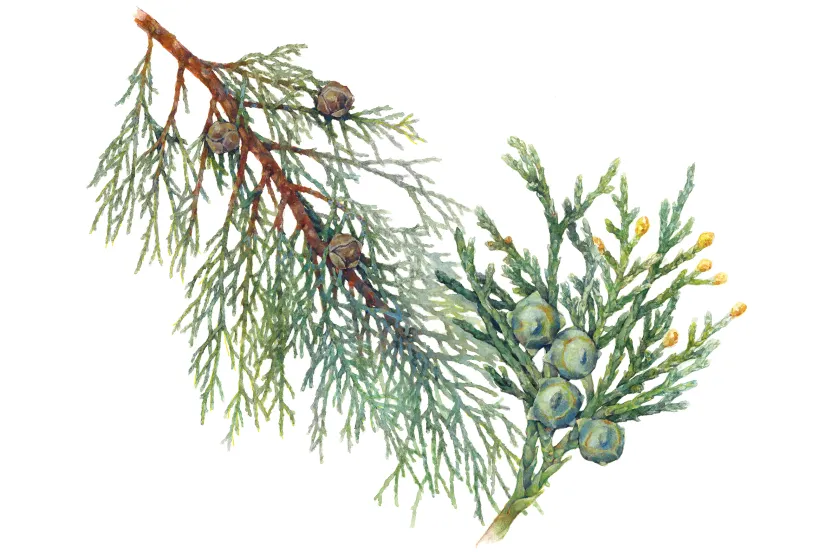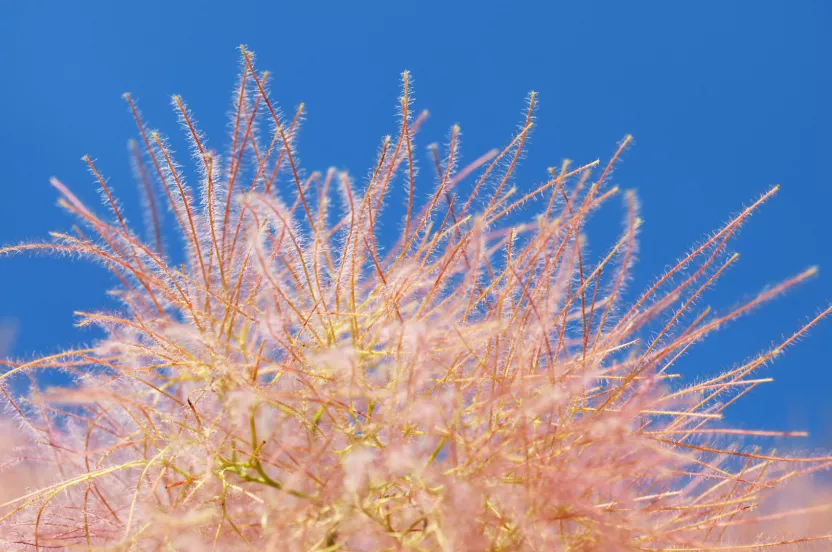Celebrate Arbor Day with 15% off our shop and nursery. Use code LETSGROW. SHOP NOW
Prunus salicina 'Burbank'
Luther Burbank is undoubtedly one of the most successful plant breeders the world has ever known. Through his keen eye and genius for selective breeding, Burbank created and introduced more than 200 new varieties of fruits and nuts and hundreds of decorative flowers. Familiar names such as Shasta daisy, nectarines, plumcots, and freestone peaches can be traced back to the fields and greenhouse at Burbank’s home in Santa Rosa, California.
Of all his green inventions, however, two stand out above the others. One was his first, the Burbank Russet potato, now better known as the Idaho potato. He sold the rights to it for $150 and used the money to help buy a parcel of land and eventually build the business of his dreams. The second of his major legacies are his plums. Before he applied his skills — he resented the term ‘plant wizard’ that was often referred to him — to improving his plums, these fruits were often small, not very sweet, and contained large pits. Following his improvements, the plum industry boomed — especially in California, New Zealand, and South Africa. Burbank plum fueled the growth, reaching its peak of popularity in California during 1938 when 171,000 crates of the fruit were shipped to the market.
Read Top 10 Fruit Trees
However, Burbank plum was not one of the many fruits created by Burbank’s ingenious cross-and-select methods. It was simply an import from Japan that he recognized as superior to others on the market. He grew the plums from 12 seedlings received from an agent in Japan in 1885 and sent some of them to a Professor Van Deman, pomologist for the U.S. Department of Agriculture. Van Deman recommended that the new (to the U.S.) plum be named in honor of Burbank. The American Pomological Society added this plum to the fruit list in its catalog in 1897.
In the Landscape
This Japanese cultivar is hardy, bears fruit early, and sets heavy crops, so it’s no wonder its popular for home orchards and commercial production. The fruit tastes great fresh and in jams and Jellies. It adapts to a wide variety of growing conditions (hardiness zones 5-9), but the tree requires moisture, and does well where rainfall and low humidity are minimal during the growing season. It blooms delicate white flowers in the spring, and boasts dark green foliage. It’s medium growing and can reach up to 35 feet at maturity. In order to ensure pollination, these trees need a compatible cultivar growing within 100 feet for standard size.
Grower Hack: Birds love plums, to keep them from eating all your fruit, plant mulberries close by. They’re the one fruit birds prefer to plums.




